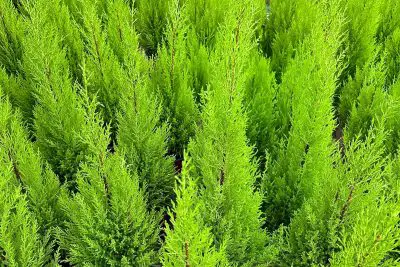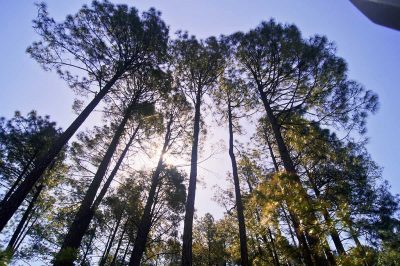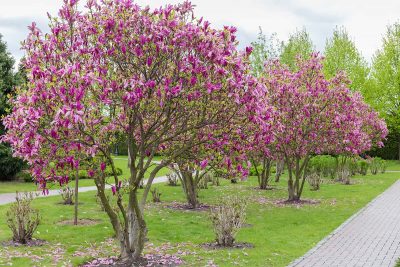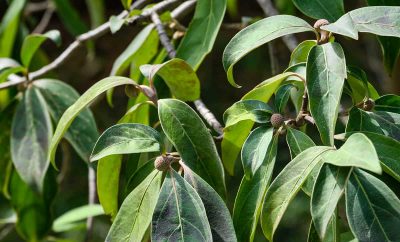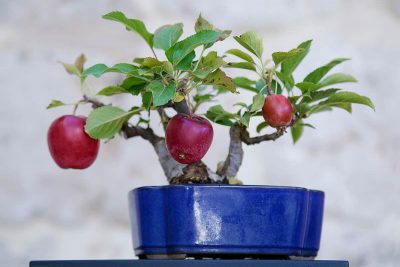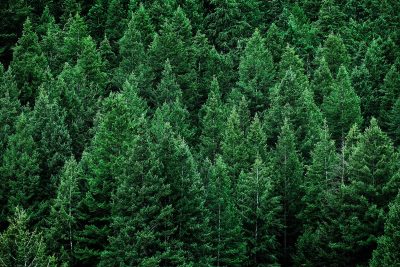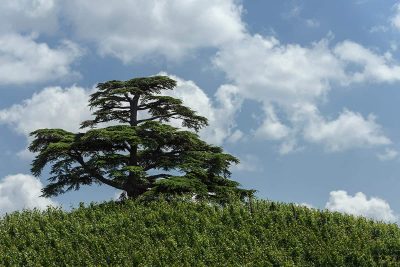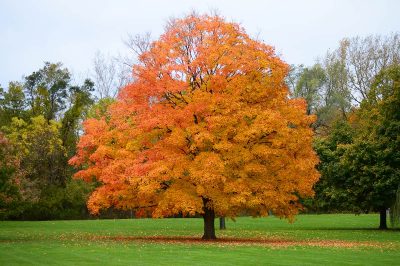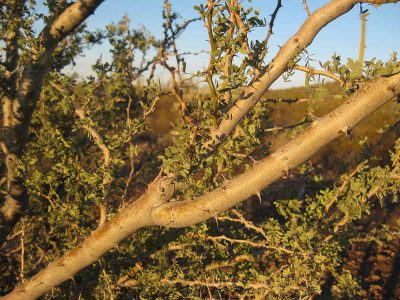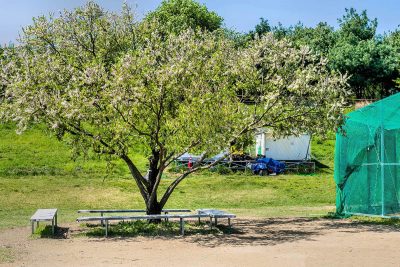You walk through a serene forest and admire the towering pine trees, wishing you could bring a piece of that tranquility to your own backyard. Growing pine trees at home is more feasible than you might think. Discover the various types of pine trees you can grow and how to care for them to create a peaceful retreat in your outdoor space.
Pine trees can reach remarkable heights, with some species soaring to over 100 feet. These towering conifers are a staple in forests across the world, known for their height and the ecological benefits they provide. Understanding how tall pine trees get can offer insights into their role in forest ecosystems and the diversity among species.
In the heart of summer, there’s nothing quite like the relief provided by a canopy of shade in your backyard, coupled with the added privacy from prying eyes. Trees like the majestic Oak or the fast-growing Bamboo serve as nature’s solution, offering a serene and secluded outdoor sanctuary.
Dogwood leaves curling can be a concerning issue for gardeners and tree enthusiasts. When your dogwood tree exhibits curled leaves, it’s often signaling distress. Within the various species of dogwoods, leaf curling is a symptom commonly associated with environmental stress, pests, or disease.
In this guide, we’ll provide detailed instructions on how to select the right tree variety, choose an appropriate container, and care for your potted apple tree, ensuring a lush, fruitful bounty.
Starting with the right seed is crucial when planting a lemon in a cup. Select healthy, viable seeds from a fresh lemon for the best chance at successful germination. The process involves preparing the seed, selecting the appropriate soil, and ensuring suitable environmental conditions. Keep reading to learn more.
Hickory trees are a valuable part of American woodlands, known for their strength, resilience, and diverse uses. These deciduous trees belong to the Carya genus and are native mostly to China, India, and North America. Hickory wood is recognized for its toughness and shock resistance, making it an ideal material for tools and sports equipment.
You might be surprised to learn that the lifespan of a pine tree can range from 100 to over 1,000 years. Of course, some factors, such as location and care, can influence a tree’s longevity. The oldest recorded pine tree is a Great Basin bristlecone pine in California, estimated to be around 4,600 years old!
Understanding cedar trees is essential if you’re interested in diverse tree species that paint our landscapes and enrich our ecologies. Cedar trees, with their distinct fragrance and durable wood, hold significant value both ecologically and culturally. They are evergreens that vary widely in size and shape, and are native to various regions ranging from the cold mountains of the Himalayas to the temperate climates of the Mediterranean.
There are more than 100 different species of maple tree, and these range from small trees through to enormous specimens. Maple trees are deciduous, and yet they still add interest to the landscape for much of the year.
In identifying trees with thorns, you need to observe not only the presence of thorns but also the tree’s growth habits, leaves, and flowers. Keep in mind that thorny trees are often found in diverse environments, including tropical, subtropical, and temperate areas. Many of these trees also have practical uses, such as landscaping or cultural significance in various communities. This article will help you identify trees with thorns and explores a variety of trees with thorns.
Dogwood trees, like other trees and shrubs, vary massively in price according to the size of the specimen you are buying. The more time, work, and energy that has gone into growing a plant, means the more it is going to cost to purchase.
